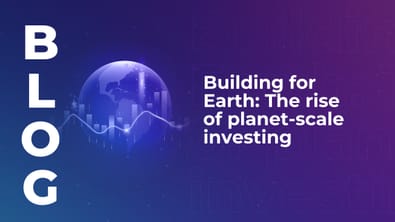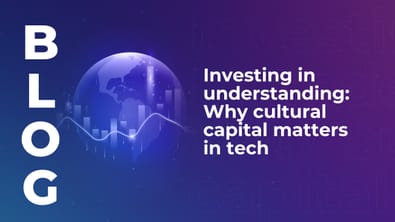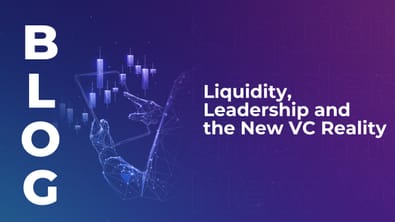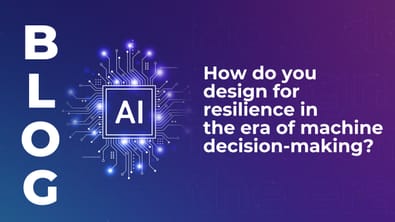
Building for Earth: The rise of planet-scale investing
Global energy transition investment hit US $2.1 trillion – but that’s only 37% of what’s needed. Here’s where investors can build for Earth.


Global energy transition investment hit US $2.1 trillion – but that’s only 37% of what’s needed. Here’s where investors can build for Earth.

A strong investment pitch earns engagement – and that enables you to build enduring relationships long after the pitch is over.

Learn why tech investors who build depth, context, and empathy are the ones shaping markets that endure.

2025’s VC landscape demands sharper targeting, smarter liquidity, and stronger leadership. Discover how investors are adapting – and why LEAP 2026 is where the next moves will be made.

Find out why four days at LEAP can redefine your deal flow and your investor brand.

Find out why leading with curiosity enables tech leaders to strengthen cybersecurity culture and build resilient teams.

Critical industries are supported by an invisible architecture – energy, finance, and logistics now depend on AI systems that make decisions faster than humans can react. And building resilience into that architecture is becoming one of the tech industry’s most urgent challenges. The team over at Black Hat MEA recently

Research shows moderate constraints boost creativity. See how cybersecurity can act as a design partner for tech innovation, offering the ideal conditions for growth.

Groundbreaking innovations are helping the world build partnerships and launch Industry 4.0 on the backbone of 5G. Industry 4.0 and 5G are groundbreaking innovations. They are game changers—not only playing by all new rules but also creating all new competitors. Are they ready for prime time? Many

Unmanned aerial vehicles, or drones, are making their presence felt in remote location. Soon they will be whizzing past in urban settings. Drones, or unmanned aerial vehicles, are expected to proliferate around the world given their adaptability in civil and defence spheres. The uses of drones is truly unlimited: from

With emerging technologies such as robotics and artificial intelligence, the current business landscape is rapidly changing. But, although automation helps streamline the process of an organisation, how will it impact the labour market? Will robots take away our jobs? We are fully aware of the rapid technological advancements that are

In early 2009 Bitcoin was unveiled, thus unleashing the age of cryptocurrencies and the blockchain technology that powers them. Today Bitcoin and other cryptos have grown dramatically, and blockchain technology has been more popular than ever as a result. According to IDC, organizations will spend $6.6bn on blockchain solutions

According to The Paperless Project, US corporations spend $120bn on paper forms every year. Meanwhile, a global survey done by IDC in 2012 revealed that document challenges account for 21.3 percent of productivity loss. But what if there was an alternative that removes the need for much of current

With the growth of artificial intelligence (AI), questions about how this technology will impact businesses, consumers, and the economy, in general, have emerged. Employees are becoming increasingly curious about the implications of AI for their jobs, while companies are eager to take advantage of the opportunities given by this new

As governments in the Middle East are preparing to regulate emerging technologies, tech organizations are also strategizing opportunities to expand their power over the digital economy. Artificial intelligence (AI), cloud computing, and other technologies are upending our perceptions of what the future will look like. The technology landscape in the